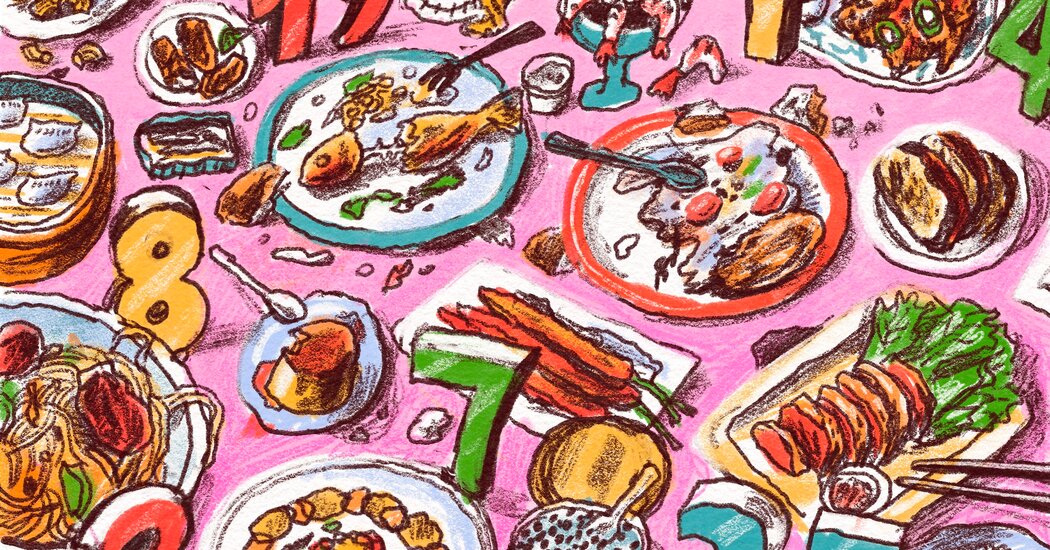
At first, I thought it would be easy enough to update my list of the 100 best restaurants in New York City.
The New York Times had published my first guide in April 2023. The second guide, to be released a year later, would only require a simple refresh, right? I would add a few places that had just opened, send some of last year’s crop to the bench, spruce up the copy and file the text to my editor.
A week into the assignment, I realized I had been wrong.
To write the first edition of the 100 Best Restaurants list, I had drawn on 10 years’ worth of meals and reviews. It had been several years since I’d dined at a few of the places I ranked, but that was all right. The article was a summation of what I’d learned about eating in New York.
But what would I draw from for this year’s list, in which some restaurants would rank higher than their position last year, and others lower? I couldn’t explain why a restaurant had moved up 35 positions by saying I’d made a mistake. If the revisions were going to be meaningful, they had to be based on fresh information — new meals, in other words. I had to be able to tell readers I’d eaten at all 100 restaurants at some point in the past year.
I had three months before the deadline, which worked out to about one meal a day. Or so I thought. Restaurants that had thrilled me before didn’t live up to my memories, and I removed more restaurants from the list than I’d expected to. Replacing them sometimes took more than one meal at a new place.
It was at this point that I started eating out twice a day. For lunch, I’d go to casual restaurants, where getting a table was easier. Dinner was set aside for the toughest reservations, particularly in the first month or so. I wanted to get those out of the way.



